#1 Reason Craft Show Shoppers Undervalue Your Work
When a shopper believes your products should be priced lower than they are, they won’t buy. Or they may ask you for a discount.
The key to making sales at craft shows is to get shoppers to think your products’ prices are higher than they are, before ever looking at a price tag.
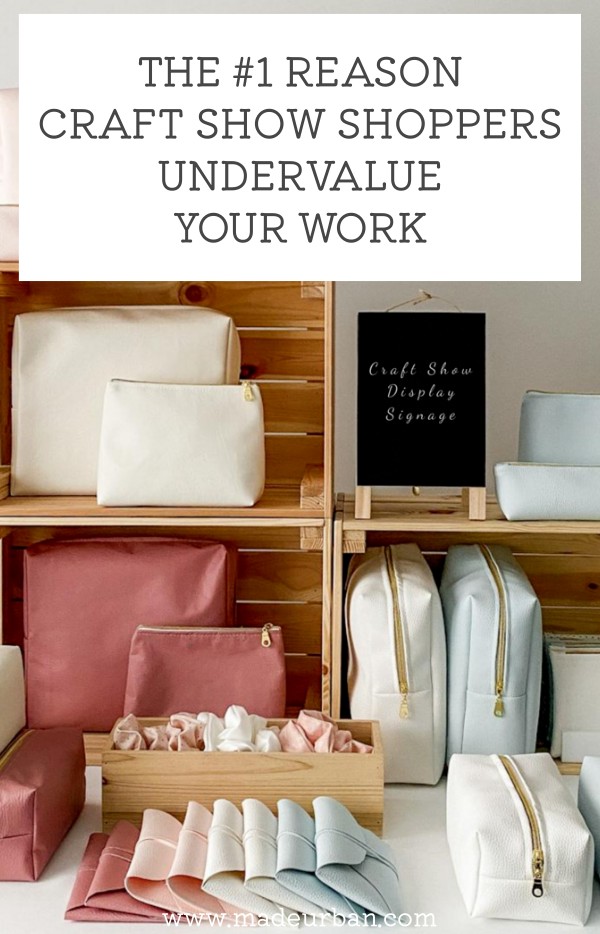
Top Reason: Looking like a crafter/hobbyist rather than an expert
If you want shoppers to pay “handmade” prices, without thinking twice about it, your products and craft show table need to tell them you’re making high-quality products.
Here are 3 common mistakes that can make a craft show vendor look like a novice rather than an expert.
A) Poor craftsmanship
If you’re setting your prices properly, in general, your handmade products should be priced higher than mass-produced products (of course, there are exceptions to that. Luxury brands may mass produce their products but price them higher than average due to their branding.).
For example, a makeup case may be priced around $15 on Amazon, and my handmade makeup cases may be priced at $30.
Although a consumer may understand and appreciate the value of a handmade item versus a mass-produced one, they have to be able to justify spending double the price.
If my makeup case looks too “homemade” with skipped stitches, crooked lines, a wrinkly zipper, etc., they’ll question spending the extra money on something that doesn’t appear to be better quality than the bag that’s half the price.
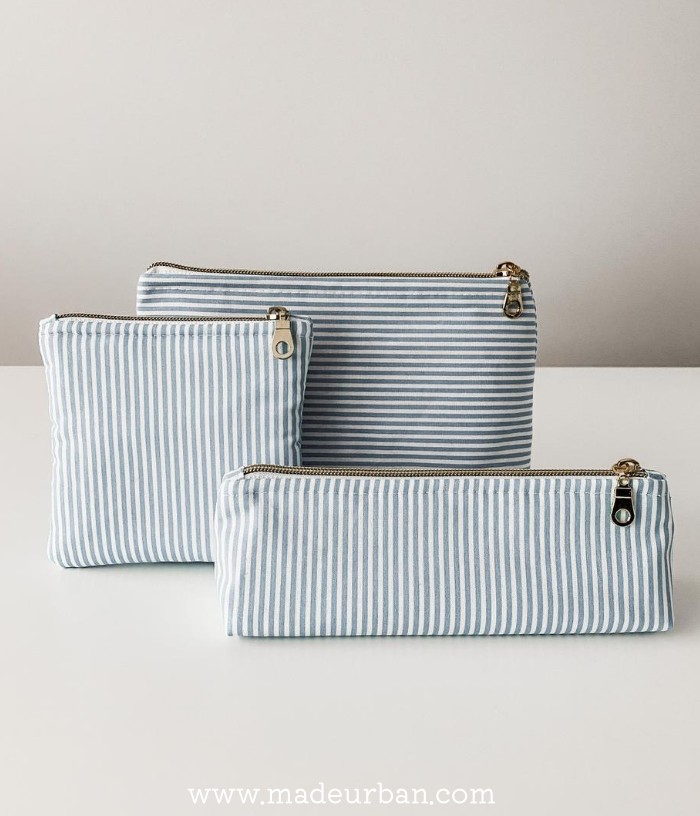
Spend time perfecting your craft and becoming an expert at what you do so you can create high-quality products that will outlast mass-produced ones.
B) Not niching down
The other day, I was shopping for non-toxic sunscreen. I came across a company on social media making exactly what I was looking for. But when I visited their website, I noticed they were also selling deodorant, cleaning products, toothpaste, candles, and more.
All of a sudden, I questioned their sunscreen. When I thought they only sold sunscreen, I immediately trusted the quality of it and viewed them as a leader/expert in that industry. They’ve dedicated their time to perfecting non-toxic sunscreen.
Once I realized it was just another item on their long list of products they offered, I lost faith.
As a small handmade business, it’s hard to do a lot of things and do them well. There just isn’t enough time and resources.
As a sewist, I can make bags, hair accessories, aprons, mittens, pillows, etc. But if I spend 80% of my time making hair accessories, aprons, mittens, and pillows, that doesn’t leave me much time to perfect my bag-making skills.
A craft show table full of bags, hair accessories, mittens, pillows, etc., tells shoppers, “I’m an expert at exploring ways to make money”.
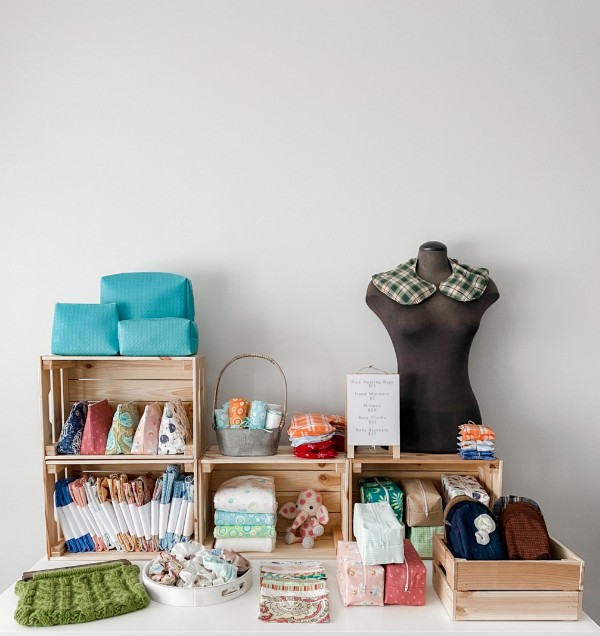
Niching down to and focusing on bags tells shoppers, “I’m an expert at making bags”.
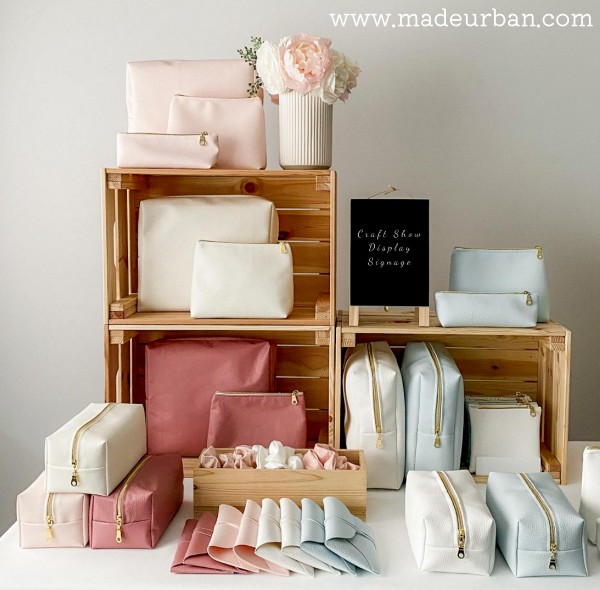
C) Lack of branding
If we take that craft show table full of bags example one step further, we can increase the perceived value of them even more.
Think about your brand as your unique style.
If I make bags in every color of the rainbow and a variety of prints and styles, I don’t have a unique style.
This tends to lower the perceived value.
On the other hand, if I focus on soft earthtone colors, florals, lace, etc., my bags take on a bohemian vibe.
Just by being selective with which colors and prints I choose, my table has a branded feel, which is worth more to consumers than a non-branded table.
Once a vibe/feel/style is defined, it can be carried into other elements of a display (e.g. tablecloth, fixtures, props, signage).
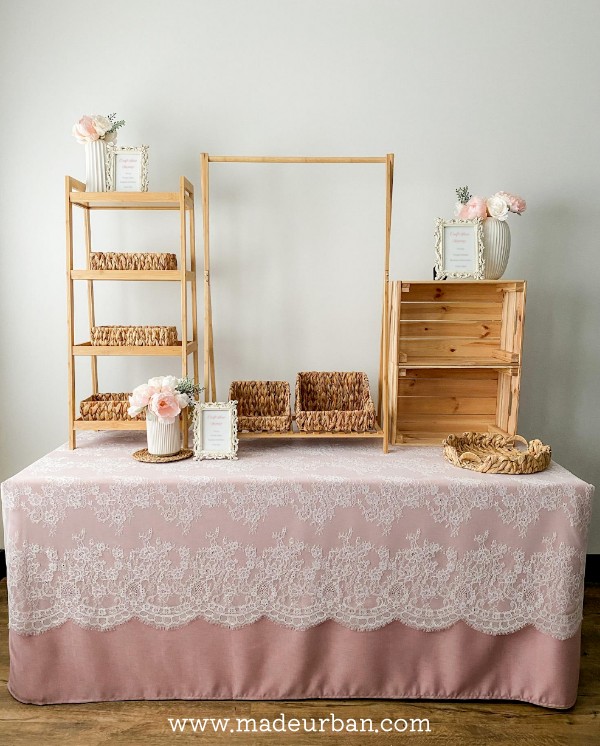

Hey, I’m Erin 🙂 I write about small business and craft show techniques I’ve learned from being a small business owner for almost 2 decades, selling at dozens of craft shows, and earning a diploma in Visual Communication Design. I hope you find my advice helpful!
